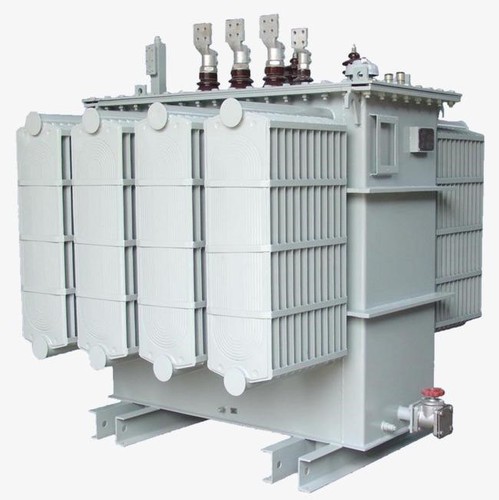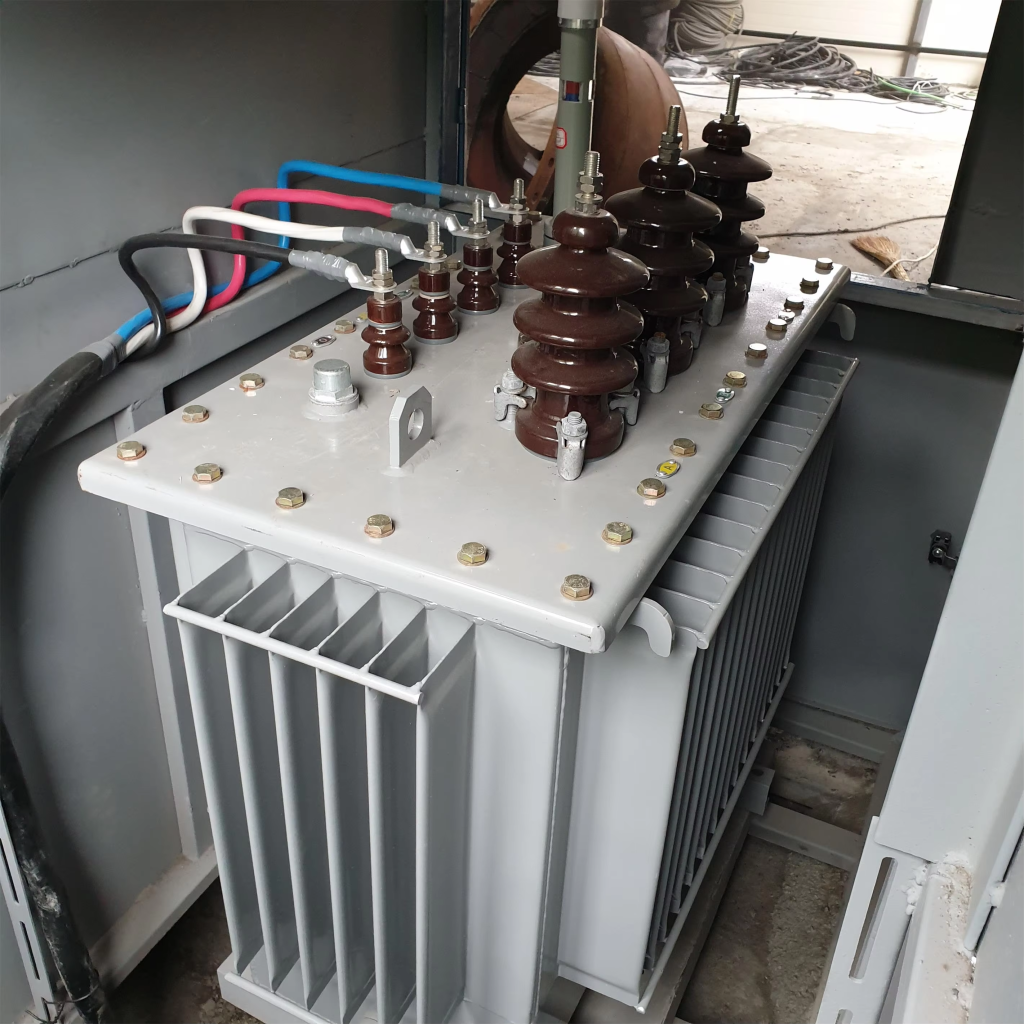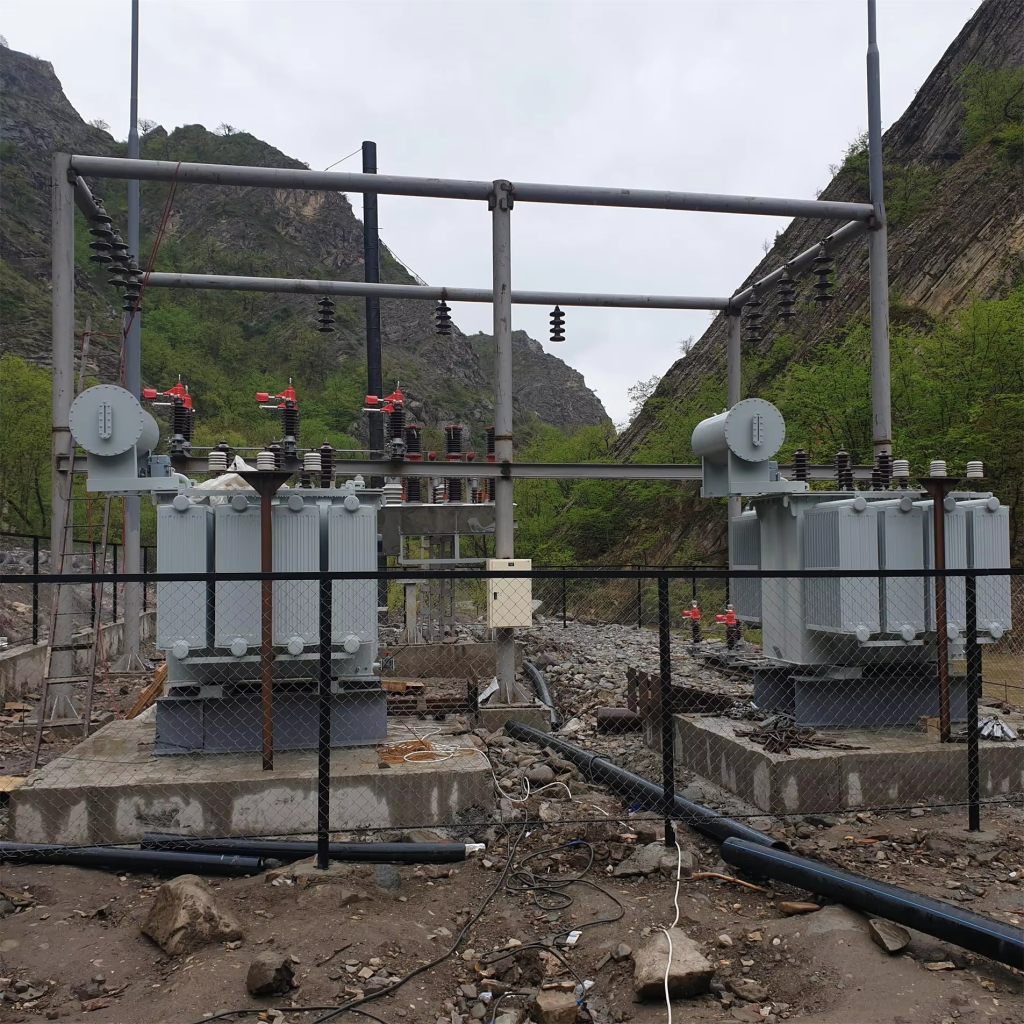How to choose Distribution Transformers
03-24 2025 | By:
Distribution transformers are static devices with two or more windings that are used to transmit electric energy. They convert the AC voltage and current values of one power system into different voltage and current values of another power system at the same frequency to transmit electric energy. In the process of electric energy transmission and distribution, power transformers are the core of energy conversion and transmission. Its performance and quality are directly related to the reliability and operational efficiency of the power system. Power transformers are widely used in various fields such as industry, agriculture, transportation, and urban communities, and their losses account for about 40% of the power loss of power transmission and distribution. For transformers that are in operation every day and consume a lot of electricity, improving power efficiency, reducing energy consumption, and saving electricity are the indicators that users are most concerned about. So how to choose an efficient and energy-saving power transformer?
1. Energy efficiency standard for distribution transformers
At present, the national mandatory standard for energy efficiency indicators of distribution transformers is GB 20052-2020 “Energy efficiency limit values and energy efficiency grades for power transformers”. This standard replaces GB 20052-2013 “Energy efficiency limit values and energy efficiency grades for three-phase distribution transformers” and GB 24790-2009 “Energy efficiency limit values and energy efficiency grades for power transformers”, and has been officially implemented since June 1, 2021. The new version of the standard has raised the no-load loss and load loss index requirements for power transformer products. Among them, the first-level energy efficiency index has reached the world’s leading level, which is better than the corresponding energy efficiency standards of the European Union, the United States, and Japan. The implementation of the new version of the standard is of great significance for comprehensively promoting the application of high-efficiency and energy-saving transformers in my country and keeping pace with the international standards.
2. Naming method of distribution transformers
JB/T 3837-2016 “Method for compiling transformer product models” stipulates the naming rules for power transformers. Enterprises can voluntarily name power transformers according to this standard. Generally, the model specifications include the structure type, core material, voltage level, rated capacity and other information of the power transformer. Usually, the power transformer will also add the mark “-NX1” (first-level energy efficiency) or “-NX2” (second-level energy efficiency) at the end of the model to clarify the energy efficiency level of the product.
For example: oil-immersed power transformer, specifications: high-voltage side voltage 10kV, rated capacity 2000kVA, core material is silicon steel sheet, core structure is three-dimensional coil core, energy efficiency level is 1. The model specifications are named as follows:
S-M·RL-2000/10-NX1
III. Key indicators for purchasing power transformers

1. Select distribution transformers according to the use environment
Under normal medium conditions, oil-immersed transformers or dry-type transformers can be selected. In multi-story or high-rise main buildings, non-flammable or flame-retardant power transformers should be selected. In places where dust or corrosive gases seriously affect the safe operation of transformers, closed or sealed power transformers should be selected. High and low voltage distribution devices without flammable oil and non-oil immersed distribution transformers can be installed in the same room. In this case, the distribution transformer should be equipped with an IP2X protective casing to ensure safety.
2. Select distribution transformers according to power load
Usually, the capacity of the distribution transformer recommended in GB/T 17468-2019 “Guidelines for the Selection of Distribution Transformers” is selected. The capacity of dry-type transformers should generally be determined according to GB/T 1094.12-2013 “Guidelines for Loading Dry-Type Power Transformers” and calculated load.
3. Understand the insulation level
The insulation level refers to the heat resistance level of the insulating material used in electrical equipment. The insulating material can be divided into 7 levels according to its heat resistance, and their temperature rise limits are also different. The insulation level of commonly used distribution transformers is between A and H. The insulation level of oil-immersed transformers is generally A, and the insulation level of dry-type transformers is generally F or H.
4. No-load loss
No-load loss refers to the active power consumed by the line terminals of a winding when the rated voltage at the rated frequency is applied to the terminals of the winding and the other windings are open-circuited. Load loss refers to the active power consumed at the rated frequency and reference temperature when the rated current flows through the line terminals of a winding and the other winding is short-circuited.

IV. Main product types and application sites
Distribution transformers can be divided into: oil-immersed transformers, dry-type transformers and gas-filled transformers according to the insulation medium.
Oil-immersed transformers include mineral oil-immersed transformers and high-ignition-point oil (synthetic oil and natural ester)-immersed transformers. Mineral oil-immersed transformers are widely used in various places, but the fire protection and safety requirements of the installation site should be fully considered. High-ignition-point oil has higher safety performance because its flash point and ignition point are higher than mineral oil. Therefore, high-ignition-point oil-immersed transformers are often used in places with relatively high safety requirements or places where the fire protection distance from the building is insufficient.
Dry-type transformers usually include epoxy resin cast insulation dry transformers and impregnated insulation dry transformers. The transformer should meet the combustion grade requirements specified in GB/T 1094.11 and is usually used in indoor substations built in conjunction with buildings or underground substations with good waterproof and moisture-proof performance.
Gas-filled transformers are transformers that use non-flammable gases such as sulfur hexafluoride or mixed gases as insulation and cooling media. Their bodies are non-explosive and non-flammable and are usually used in places with higher fire protection and safety requirements.
V. Product selection considerations

1. Confirm the standards that the product meets
When selecting a distribution transformer, the standards that the distribution transformer meets should be clearly defined. On the basis of GB/T 1094 related standards, oil-immersed power transformers should generally comply with GB/T 6451, GB/T 25438, GB/T 25446, JB/T 2426, JB/T 10317, NB/T 42067 and other standards, and dry-type power transformers should comply with GB/T 10228, GB/T 22072, GB/T 32825, JB/T 2426, NB/T 42066 and other standards. If there are other requirements for the product, they should be indicated in the inquiry or bidding documents and made clear in the contract. In principle, it is the most basic requirement for power transformer products to comply with national standards.
2. Pay attention to energy-saving indicators and certification marks
GB 20052-2020 “Energy Efficiency Limit Values and Energy Efficiency Grades for Distribution Transformers” clearly defines the maximum allowable limits for no-load loss and load loss of power transformers under specified conditions. According to the Transformer Energy Efficiency Improvement Plan (2021-2023), by 2023, the proportion of high-efficiency and energy-saving transformers [power transformers that meet the Class 1 and Class 2 energy efficiency standards in the newly revised “Energy Efficiency Limit Values and Energy Efficiency Grades for Power Transformers” (GB 20052-2020)] in grid operation will increase by 10%, and the proportion of newly added high-efficiency and energy-saving transformers in that year will reach more than 75%. From June 2021, new transformers purchased by the power grid should be high-efficiency and energy-saving transformers.
The China Quality Certification Center identifies and evaluates the energy-saving indicators of distribution transformers through product certification. Equipment that passes the evaluation is energy-saving. Equipment manufacturers use the “Save” certification mark to indicate that the product has excellent power-saving performance, which is one of the important references when purchasing.
3. Comprehensively consider various product indicators
When selecting a distribution transformer, the overall reliability of the distribution transformer should be taken as the basis, and the advancement, rationality, economy and environmental friendliness of the technical parameters should be comprehensively considered. Combined with load development, safety requirements, operating environment, operating mode, operating conditions and loss evaluation methods, reasonable technical and economic indicators and performance evaluation indicators should be proposed. At the same time, the possible impact on the safe operation of the system, environmental protection, transportation, installation space and operation and maintenance should also be considered.
You may also find these interesting:


